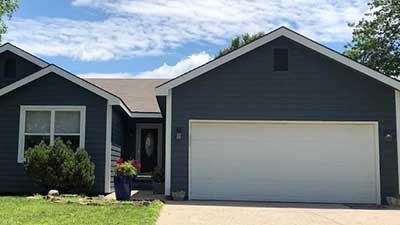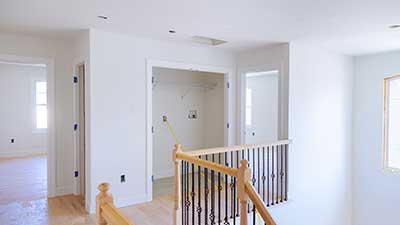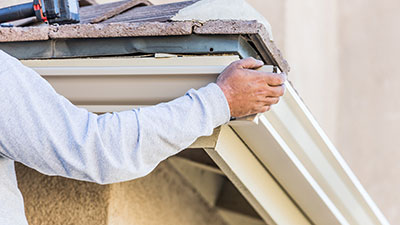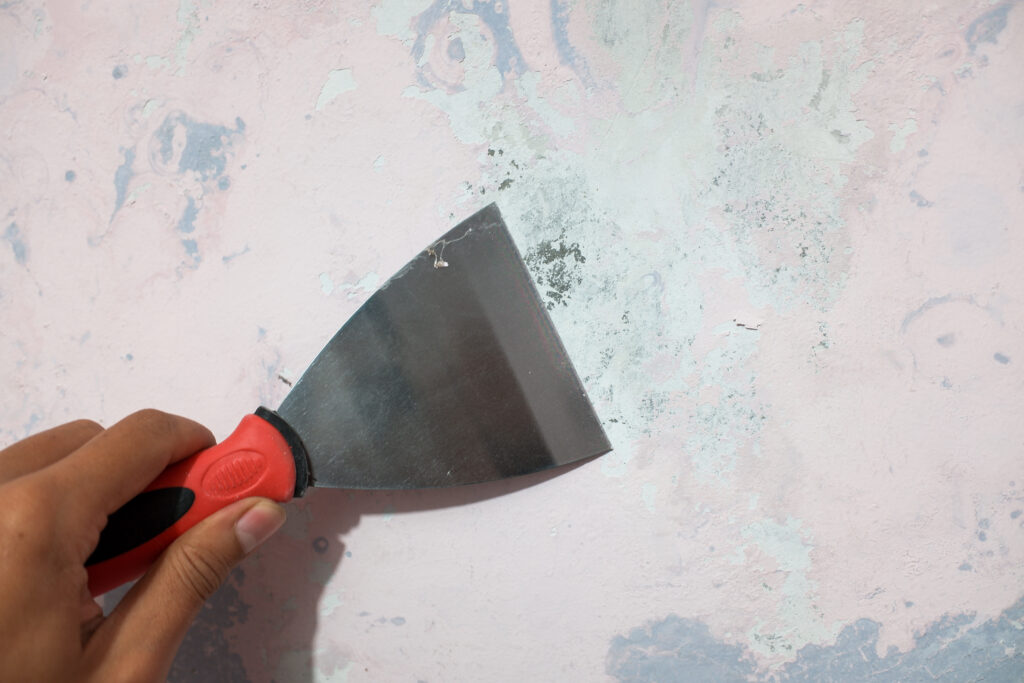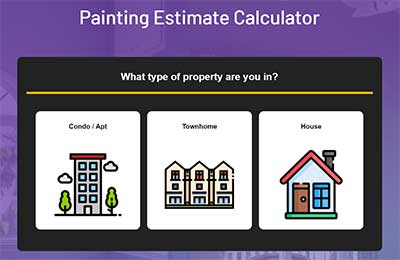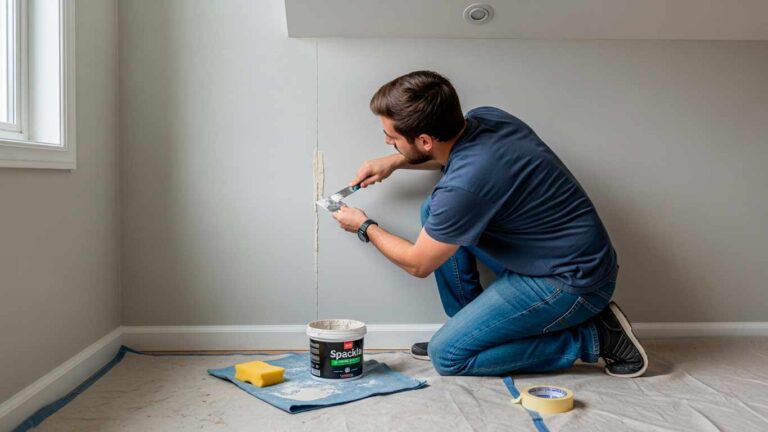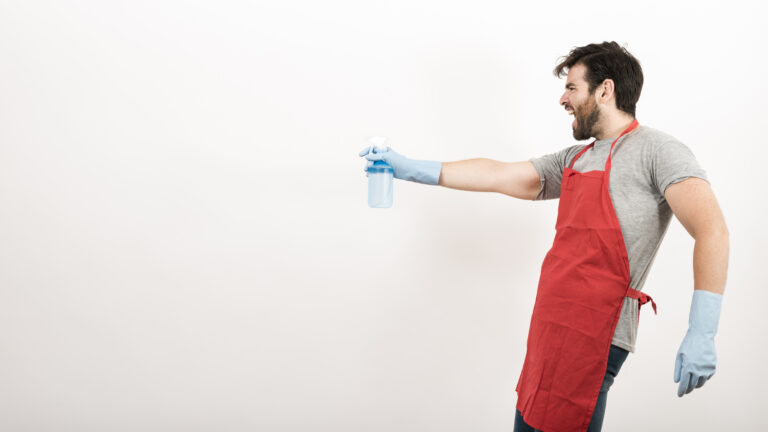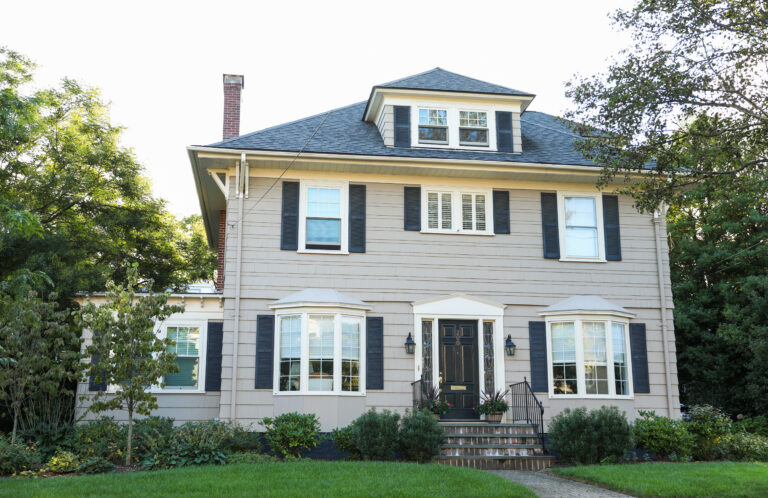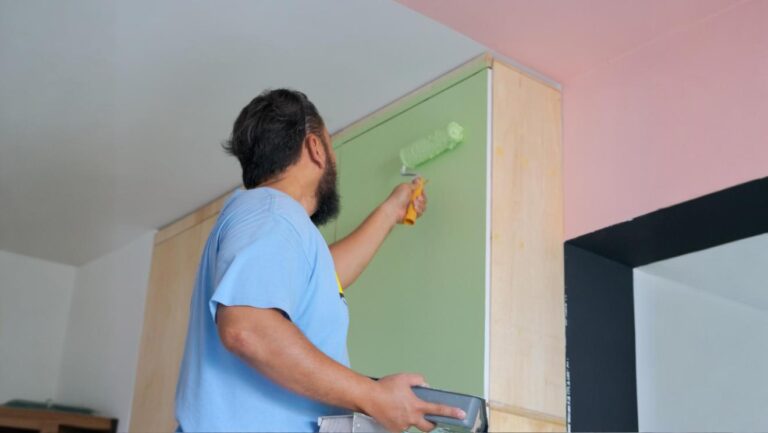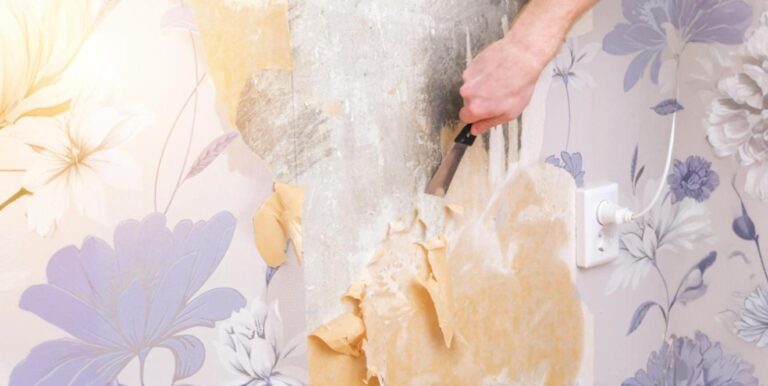Lead paint is still lurking in many older homes, and it can be a real health concern for families, especially if you have young children or someone who’s pregnant. If your house was built before 1978, there’s a good chance you’ve got lead-based paint somewhere on your walls, trim, or other surfaces.
Removing lead paint isn’t something you can just jump into like a regular painting project. It takes careful planning and the right safety measures to protect everyone from dangerous lead dust and paint chips that can get stirred up during removal. We’ll walk you through everything you need to know about getting rid of lead paint safely, plus share some practical tips to make the whole process go more smoothly.
Key Takeaways
- Lead-based paint is common in homes built before 1978 and poses serious health risks if disturbed, especially to children and pregnant women.
- Testing for lead-based paint before removal is essential to determine if professional lead paint removal is needed.
- Set up a lead-safe workspace with plastic sheeting and drop cloths to contain hazardous lead dust and paint chips.
- Use safe lead paint removal methods like chemical paint strippers and wet sanding to reduce lead dust exposure.
- Properly dispose of hazardous waste from lead paint removal by following local environmental guidelines.
- For thorough lead paint removal with minimal risk, consider hiring certified professionals like OnDemand Painters.
Can You Safely Remove Lead Paint Yourself?
DIY Lead Paint Removal Risks
Removing lead paint yourself is possible, but it’s not a simple paint job. Without the right techniques and safety measures, attempting to remove lead-based paint can expose you and your household to toxic lead dust.
Essential Protective Equipment for DIY Removal
When it comes to DIY lead paint removal, wearing protective gear is essential. At minimum, use an N-100 respirator, safety goggles, gloves, and a full-body disposable suit. If you have any doubts about handling it safely, consider calling a professional like OnDemand Painters.
Understanding EPA Lead Paint Regulations
The RRP Rule Requirements
The EPA’s Renovation, Repair, and Painting (RRP) Rule requires lead-safe certified contractors for projects disturbing lead paint in pre-1978 homes, childcare facilities, and preschools.
When Professional Certification Is Required
If you disturb more than 6 square feet of interior surface or 20 square feet of exterior surface, EPA regulations require certified professionals. Homeowners working on their own homes are generally exempt unless they rent property or operate childcare facilities.
How to Test for Lead-Based Paint in Your Home
DIY Lead Test Kits
Before starting the removal process, it’s essential to test surfaces for leaded paint. You can use a DIY lead test kit, available at most hardware stores. Apply the test solution to the paint surface following instructions and look for a color change indicating lead presence.
Professional Testing Methods
For more accurate results, hire a lead-safe certified contractor. Licensed contractors with XRF equipment can detect lead on painted surfaces with greater precision than DIY kits.
Lead Paint Removal Cost Guide
Professional Removal Costs
Professional lead-based paint removal typically costs $10,000 to $30,000, with the average homeowner spending around $15,000 for a 2,000-square-foot house.
Cost Per Square Foot Breakdown
– Encapsulation: $1 to $4 per square foot – Removal: $8 to $17 per square foot – Enclosure: $6 to $12 per square foot
Health Risks and Lead Poisoning Symptoms
Vulnerable Populations
Children under age six and pregnant women face the highest risk from lead exposure. Lead can harm developing brains and affect fetal growth even at low levels.
Lead Poisoning Symptoms
Common symptoms include headaches, behavioral problems, loss of appetite, nausea, metallic taste, fatigue, and muscle weakness. A simple blood test can diagnose lead poisoning.
Setting Up a Safe Work Area for Lead Paint Removal
Properly setting up your workspace is vital to contain lead dust. Cover floors, furniture, and surfaces with thick 6-mil plastic sheeting, secured with duct tape. Seal off doors and HVAC vents to prevent dust spreading. Turn off forced-air heating and air conditioning systems during work.
Methods to Safely Remove Lead Paint
Chemical Paint Strippers
Chemical strippers specifically designed for lead paint are one of the safest options as they avoid creating airborne lead dust. Apply the stripper, wait for it to soften the paint, then gently scrape it off.
Wet Sanding and Scraping
Spray the surface with water before sanding or scraping to minimize dust. Keep the area damp as you work. Always use a scraper rather than an electric sander.
HEPA Filter Vacuum
Use a HEPA-filtered vacuum to clean up as you work. HEPA filters capture even the smallest lead particles, reducing contamination risk.
Alternative Management Methods
Encapsulation Process
Encapsulation involves applying a specialized coating that seals lead paint. This method is typically the least complicated and most affordable option.
Enclosure and Replacement
Enclosure covers lead paint with new surfaces like drywall. Replacement involves removing and replacing components containing lead paint.
Dangerous Methods to Avoid
The government bans several removal techniques including open flame burning, machine sanding without HEPA attachment, abrasive blasting, and power washing without containment. Avoid dry sanding and heat guns over 1,100 degrees Fahrenheit.
Lead Paint Removal Best Practices
As you work, frequently clean up dust and paint chips using damp cloths. Never eat, drink, or smoke in the work area. Wash hands and face thoroughly after working. Dispose of work clothes daily and keep non-workers out of the area.
Lead Paint Disposal
Lead is classified as hazardous waste. Contact your local environmental agency to learn about lead-safe disposal sites. Transport collected waste in sealed, heavy-duty garbage bags.
Why Hiring Professional Painters Can Be a Smart Move
Professional painters like OnDemand Painters have the right tools and experience, adhering to lead-safe work practices. Certified specialists follow strict safety guidelines, using HEPA-filtered vacuums, sealed workspaces, and protective gear.
Conclusion
Removing lead paint is about protecting your health and creating a safer home environment. Whether you choose DIY or professionals, following the right steps is essential. For a stress-free experience, consider reaching out to lead-safe certified professionals like OnDemand Painters.
FAQs
How much does professional lead paint removal cost?
Professional removal typically costs $10,000-$30,000, averaging $15,000 for a 2,000 sq ft home. Encapsulation costs $1-$4 per square foot.
What are the EPA requirements for lead paint removal?
The EPA’s RRP Rule requires certified contractors for projects disturbing more than 6 square feet interior or 20 square feet exterior in pre-1978 buildings.
What should I do with lead paint waste after removal?
Safely collect all lead paint and dust in sealed, heavy-duty bags and follow local environmental guidelines for hazardous waste disposal.
Is it safe to disturb lead-based paint that isn’t peeling?
It’s best not to disturb lead-based paint in good condition; however, if the paint is peeling, consider professional removal to minimize lead exposure.
What paint stripping methods are safest for lead based paints?
Chemical paint stripping with specialized lead-safe strippers is safest as it avoids creating airborne dust. Wet sanding and scraping are also effective for removing all the lead paint safely.
What paint stripping methods are safest for lead based paints?
Chemical paint stripping with specialized lead-safe strippers is safest as it avoids creating airborne dust. Wet sanding and scraping are also effective for removing all the lead paint safely.







